First, graphene introduction
Graphene is a two-dimensional carbon nanomaterial composed of carbon atoms in a hexagonal honeycomb lattice with sp² hybrid orbitals.
It has excellent optical, electrical and mechanical properties, and has important application prospects in materials science, micro and nano
processing, energy, biomedicine and drug delivery.
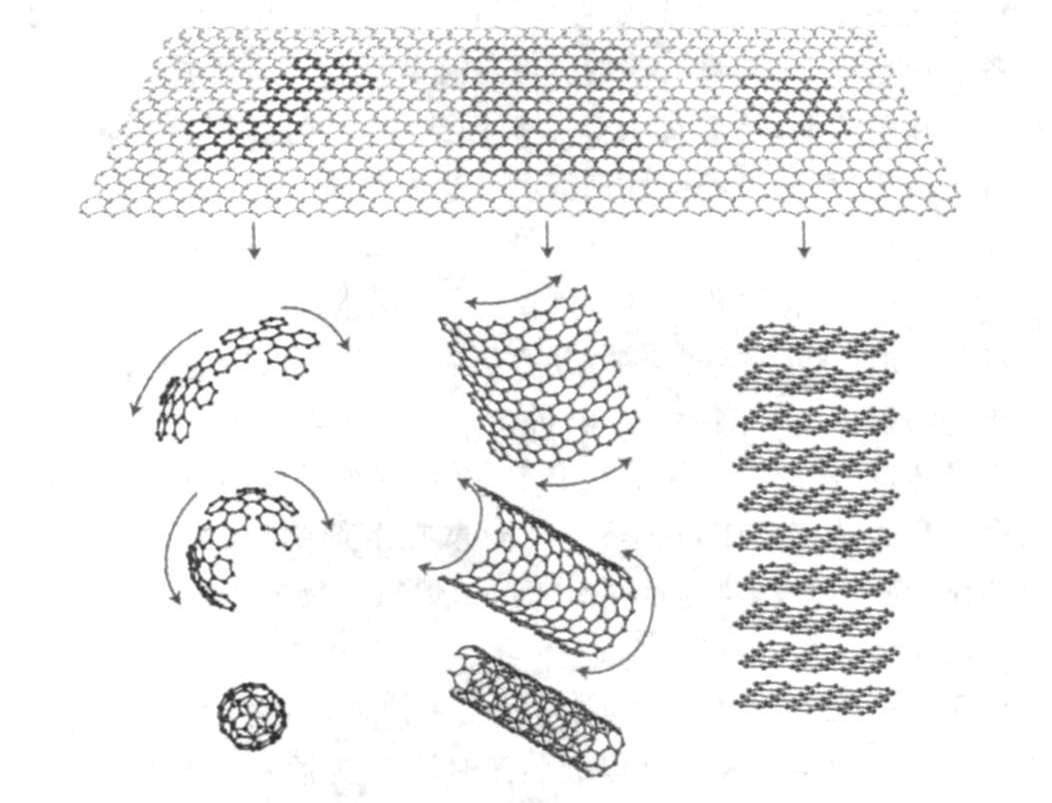
Diagram of graphene forming fullerenes, carbon nanotubes and graphite
Graphene oxide
graphene oxide (graphene oxide) is an oxide of graphene, which is generally obtained from the oxidation of graphite by strong acids. After oxidation,
the oxygen-containing functional groups on it are increased and the properties are more active than graphene, and the properties can be improved by
various reactions with oxygen-containing functional groups.
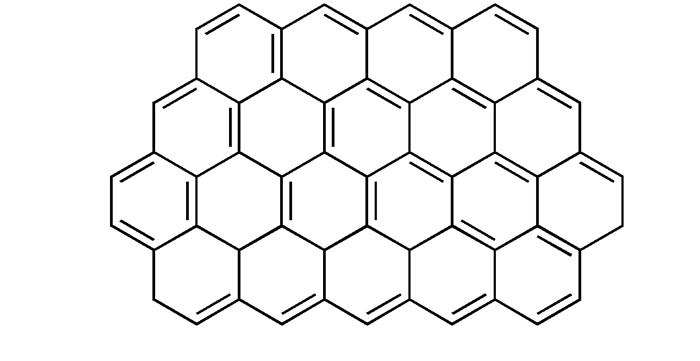
graphene
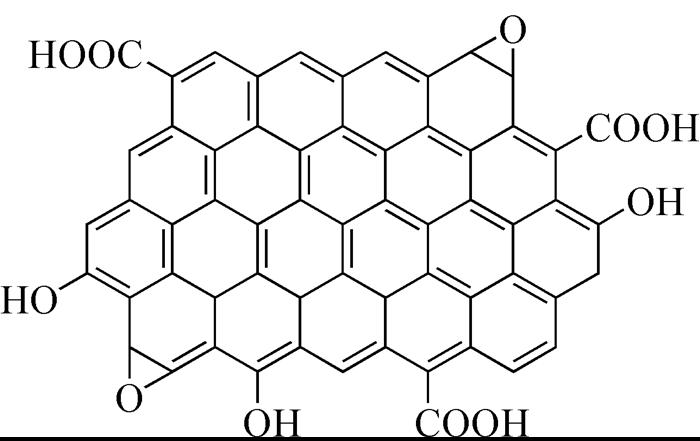
Graphene oxide
3. Application fields
➤ Analyze and test applications
The Shanghai Institute of Applied Physics of the Chinese Academy of Sciences found that the application of graphene oxide in PCR technology
can significantly improve the specificity, sensitivity and amplification yield of PCR, and can eliminate primer dimers formed in amplification, and
the optimization range is wide, and can be widely used in various concentrations and complexity of DNA templates. It can also be used for catalytic
decomposition of fuel molecules and detection of harmful chemicals such as TNT, Pb2+ and Cd2+.
➤ Biomedical applications
The high specific surface area and wide range of conjugated structures of graphene oxide make it have certain potential application value in the
carrier surface.
➤ Polymer composites
Graphene oxide can be processed in solution after being functionalized, which is very suitable for the preparation of high-performance polymer
composites.
➤ Photoelectric related applications
Simple conductive polymer has poor stability in charge and discharge cycle. The conductive synergistic effect of graphene oxide and conductive
polymer conjugate structure can enhance the conductivity of the matrix and realize the structural enhancement at the same time.
➤ Heat conduction applications
The high thermal conductivity and large specific surface area undoubtedly lay the foundation for its use as a thermal conductivity material. At the
same time, the active site on the reduced graphene oxide improves its usability, and the stable conjugate structure makes it work at high temperatures,
which will greatly improve the service life of the product.
4. ATS experiment
Experimental instrument
ATS nano dispersion machine
Water cooler
Laser particle size analyzer
Experimental technology
ATS nano dispersion machine 800bar treatment twice
Experimental purpose
Due to the large viscosity of graphene oxide, it is difficult to directly coat, and it needs to be dispersed to facilitate further processing
Experimental result
The laser particle size analyzer report showed that the particle size of graphene oxide dispersed by the ATS nanodispersion machine
decreased significantly, D50 decreased to 11.09um, and the initial particle size of D90 decreased to 20.93um
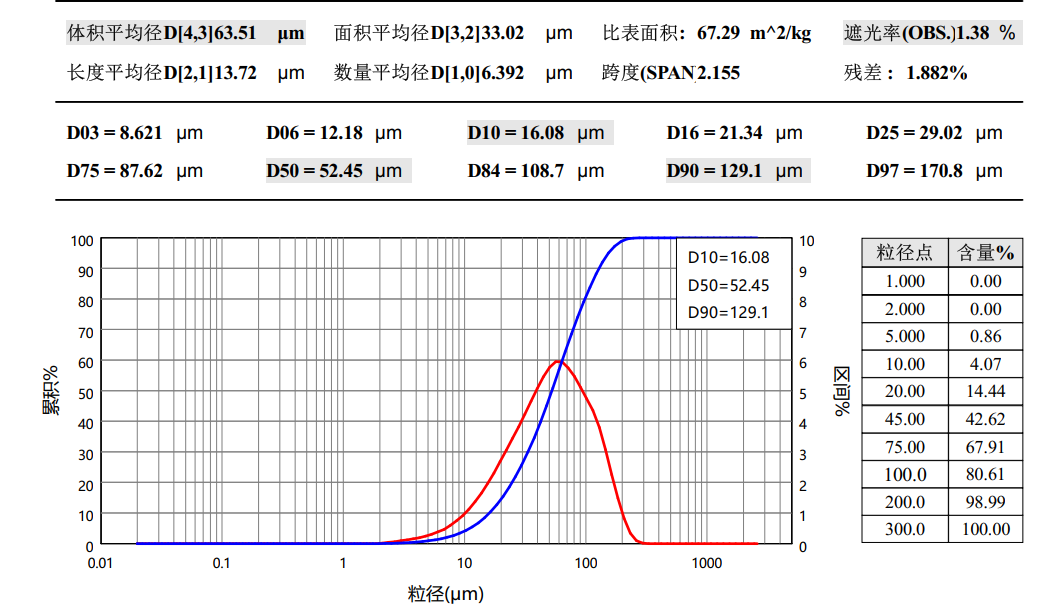
predispersion
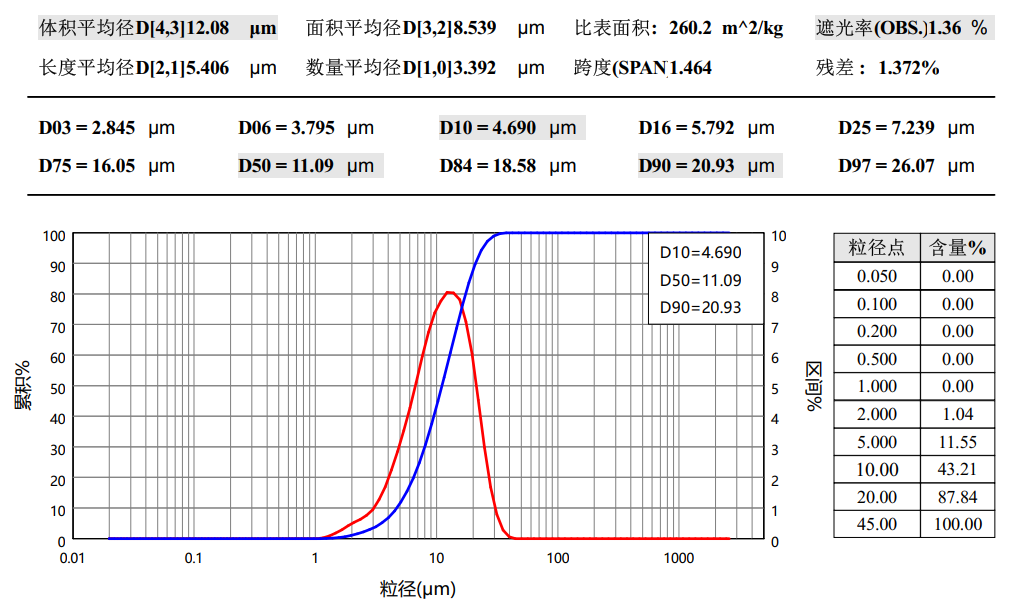
post-dispersion